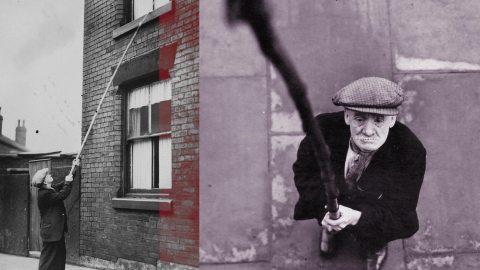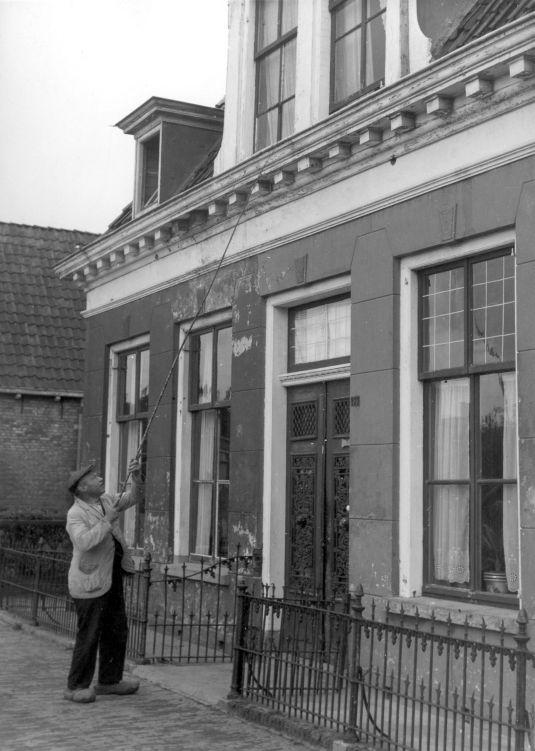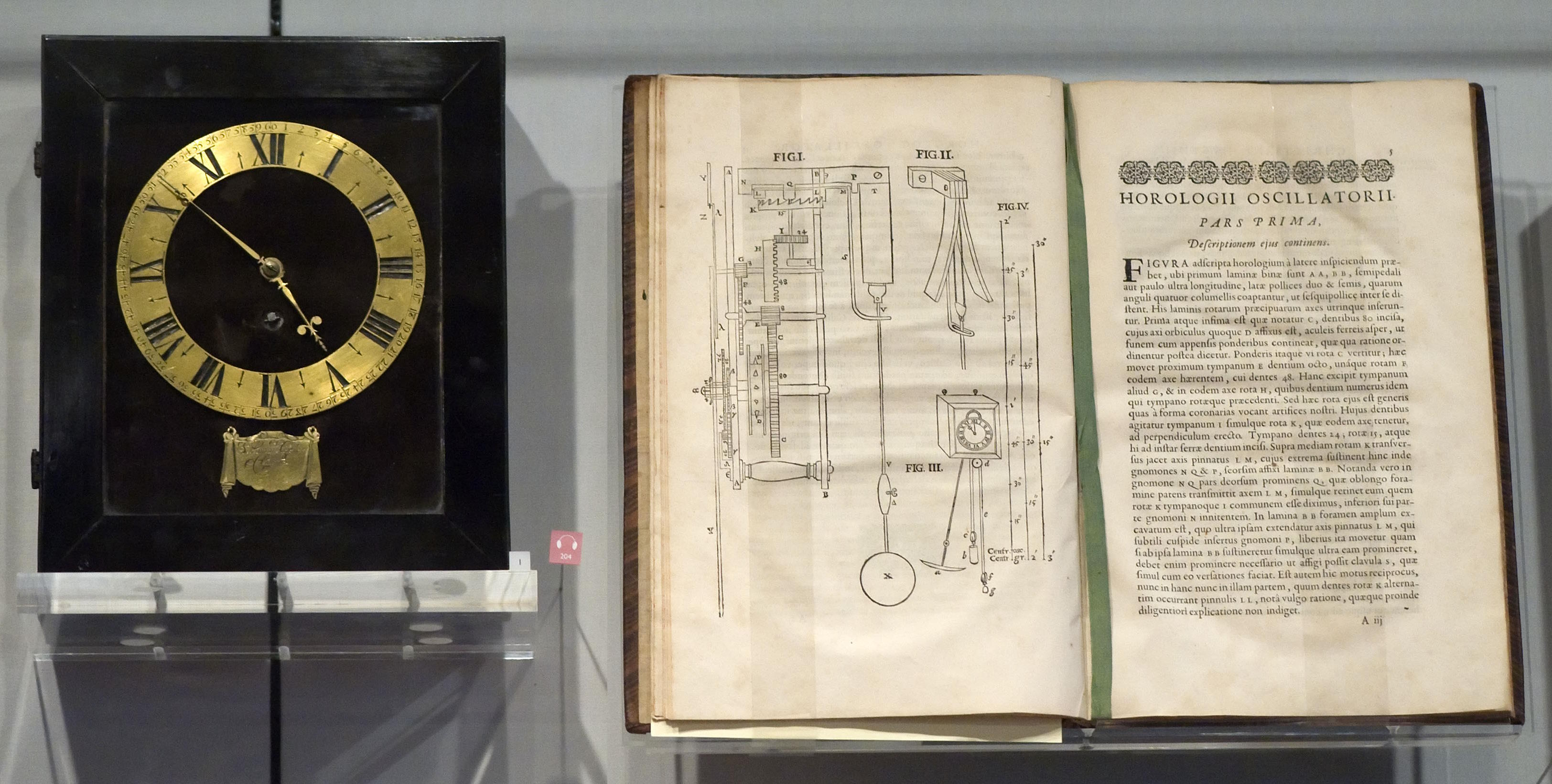How alarm clocks put knocker-uppers out of business

Time has always been important to humans. Across cultures and civilizations, notes David Landes in Daedalus, “[people] have concerned themselves with time, if only to give cues and set bounds to social and religious activity … they have relied principally on repetitive natural phenomena.”
Yet when we transitioned from relying on the sun (or sand in hourglasses, or the Athenian water-clock), time and timekeeping became a luxury; the poor lacked clocks or servants to wake them. The alarm clock became a popular symbol for the way social organizations such as the workplace imposed their discipline on the population,” notes Shaul Katzir in The Journal of Modern History.
In Britain and Ireland, the Industrial Revolution ushered in a new need for timekeeping as society moved from agriculture to mass-scale factory work. With urbanization, fewer people woke with the crow of the rooster or dinging of church bells. Instead, they relied on other people—“knocker uppers” or “knockers up”—to wake them; with destitution one shift away, many laborers could not afford to lose work at any cost. They relied on human alarm clocks who used fishing rod-like sticks, soft hammers, rattles, and peashooters to rouse the sleeping by rapping on their windows.

The profession sounds absurd, but we’ve encountered the term “knocked up’ in this sense before. For one, Charles Dickens references the act of being “knocked up”’ in Great Expectations. In Chapter Six, Pip surmises that “Mr. Wopsle, being knocked up, was in such a very bad temper.” In an article aptly titled “‘Knocked Up’ in England and the United States,” Anne Lohrli notes that Dickens once published an article on ‘The Knocking-up Business.’ Published in Household Words, a journal Dickens himself edited, he describes his confusion at happening on a sign in a window that reads: “knocking up done here at 2d. a week.” Dickens, on establishing the profession wasn’t “‘getting up’ of some portion of a lady’s dress” labeled it a “novel branch of the manufacturing industry.”
These people—knockers-up or knocker-ups (both plurals are used in various articles)—were an integral part of the societies they served. So much so, that in a 1917 article about Homeric hymns, author T. L. Agar makes a passing comparison to knocker-uppers when writing about employment amongst the Greeks: “It is well known that in our manufacturing towns the work-people regularly employ a knocker-up who goes round betimes to waken them every morning.” Agar goes on to conclude that a knocker-upper is a “superannuated workman,” presumably because the working class is entirely dependent on them.
Similarly, in an article that summarizes a history of Ireland’s County Louth, published in Journal of the County Louth Archaeological and Historical Society, James Garry acknowledges the role of the “’knocker-up’ woman,” cautioning, “let us not forget [her].” Garry notes that the knocker-up in Louth was one Betty McEntee, “who lived in Toberboice Lane in the last decades of the nineteenth century” and that each household paid “three old pennies per week” for this service.
This rate was higher in places like London, where the the knocker-upper had to contend with cost of living and commuting. One well-known knocker-upper, Mary Smith, earned sixpence a week in the 1930s. In fact, such was the prominence of Mary Smith that in 2003 Andrea U’Ren wrote a children’s book about her, with educators dubbing her a “strong female character.”
But while both men and women were engaged as knocker-uppers, the job afforded women a significant degree of financial independence. An 1878 Canadian newspaper article documentsthis, highlighting the tale of one Mrs. Waters. A knocker-upper from a northern English town, Waters afforded her only son’s education and “maintained” an invalid husband. Waking as early as 2:30 AM, “in all weathers,” she sustained a roster of at least eighty clients through her thirty-year career, earning thruppence (3p) from the majority of her clients but sometimes as much as half-a-crown (30 old pence).
Yet, not everyone viewed this profession as the key cog it was in industrial Britain—including celebrated social reformer Helen Dendy. Dendy referred to this class of people brought to the forefront during the Industrial Revolution as “the Residuum,” and grouped knocker-uppers with “the girl who cleans steps [and] the old woman who minds babies.” Her view of this class was entirely negative. To Dendy, they were unworthy of charitable aid, since they were people “who suffer[ed] from an exaggerated abhorrence of that regular work,” compared to “true industrialists,” who worked in factories and mills.
This article appeared on JSTOR Daily, where news meets its scholarly match.





